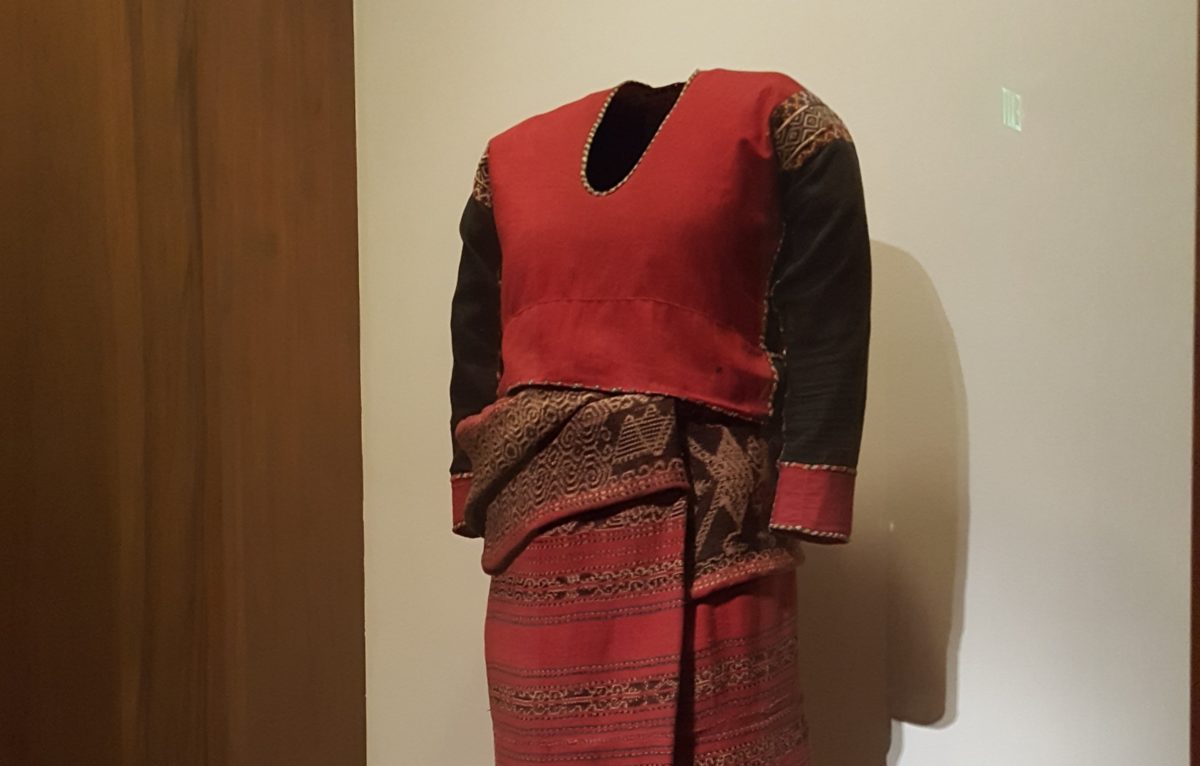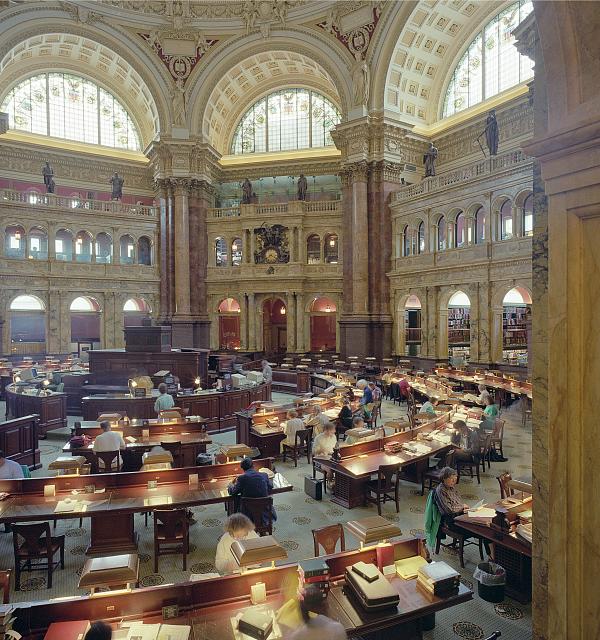You have to crawl to get into the cave, but once you go through the opening you enter a world that is steeped in history. The ground you walk upon is tens of thousands of years old, the stone formations on the walls are ten times older than the soil, and the rock walls are five times older than their formations. “Time vertigo” is what David Burney calls the strange feeling of seeing so many different time scales at once. With your eyes alone you can see half a million years of history as soon as you walk into the cave.
The Makauwahi Cave has nothing to do with volcanoes, it is actually a limestone cave that was formed when a giant sand dune was carved out by an underground stream 450,000 years ago. Then the top of the cave collapsed 7,000 years ago. So this cave turned shallow lake is an archaeologist dream that attracted many different plant and animal material over the years. The water in the cave is a neutral 7 and preserves all types of artifacts: human, animal, plant, spores, pollen, and even wood in its oxygen deprived mud. Over the years hundreds upon thousands of individuals came and dedicated their time to working in the archaeological pits to uncover the hidden past of Kaua’i. Thirty-three feet is what it took to go back in time. The years have been catalogued and study by hundreds of volunteers from all over the world. And what they found was even more beautiful.
They found 89 fishhooks made out of pearl and bone. One was made out of iron. They found gourds, paddles, spears, daggers, bone picks, stone tools, shells, land crabs, seeds and pollens from extinct plants that once flourished across the island, many types of bones, and much, much more. Our favorite human find is a stone mirror, this is a polished piece of basalt that creates a reflection when cold water is placed upon it. They also found long extinct birds and land snails. And even identified some that were not known to have existed beforehand. One of the birds, now called the moa-nalo, which is Hawaiian for “lost fowl,” was over four feet tall and wingless. They disappeared when the Polynesians arrived as they were eaten to extinction. From the archaeological digs they were able to get an idea of what species went extinct when the Polynesians arrived and later when the Europeans arrived. Through this information we may be able to better understand how humans impact environments and learn how to curb our detrimental actions.
The cave has been a refuge for many different people over the past thousand years. It has been a witches’ gathering place, a hippie commune, a movie set for Pirates of the Caribbean 4, a Chines opium den, a place for spiritual divination, and above all it has been a time machine for those that worked in the pits. Makauwahi cave is more than just a place of conservation and archaeological work. It is a deeply spiritual place.
As we would say at Antioch, Steven Taylor and I wear many different hats while working on these beautiful 17 acres. My days vary from working on the nature trails, replanting native plants in the quarry, helping with the adult and baby tortoises, repairing fences and making new ones, giving tours of the cave and tortoises, cleaning around base camp, revamping the place with new signs and fixing picnic tables, repairing irrigation lines, removing invasive plants, and any other project we or our co-workers can think of. We want to show our visitors what Kaua’I looked like a thousand years ago. We call our conservation efforts “Re-wilding” as we are planting only pre-Polynesians and Polynesians introduced plants throughout the reserve. This approach uses the knowledge of paleoecology and the wealth of information we obtained from the cave to transform the landscape back to what it was 1000 years ago. This is the mission of the reserve to use the past to save the future and its environments.

Discovering the Past to Save the Future: Rudie ’17 at The Makauwahi Cave in Koloa, Hawaii
Written by Melissa Rudie
<h2 style="text-align: center;"><u>About Me: </u></h2> <p>My name is Melissa Rudie. Currently, I am a fourth year biomedical student at Antioch College. I hope to attend a veterinary or medical school in the near future. I want to join the scientific and health community, but I also want influence it. My dream is to open my own clinic that is composed of both a human and animal clinic. I believe in the One Health Initiative and its statement that we should be working towards “improving the lives of all species – human and animal – through the integration of human medicine, veterinary medicine, and environmental science.”</p> <p><br /> I grew up in Danville, Indiana a small, rural town. Surrounded by corn and soybeans I often thought about how things could be done differently and how I wanted to learn from as many places as I could. After I graduated with honors from Danville Community High School and started school at Antioch College I realized that I went from a small town to a smaller one. But even though the community is smaller I was introduced to different ways of living and thinking.</p> <p>As a rising senior I am currently on my fourth cooperative experience, which unites school coursework with engaged work activities. The theme I focused on throughout my co-op experiences revolved around health. For my first co-op, I worked on an organic farm by Wooster, Ohio and explored the farm-to-table pathway. I concentrated on learning about how agricultural and soil health related to the health of animals and humans. During my second co-op, I volunteered at the Avian and Exotic Animal Clinic of Indianapolis and at Hendricks Regional Health. This was when I was struck by the similarities between animal and human health. My focus here was to delve into the medical side of health. For my third I was at the Makauwahi Cave Reserve where I learned about environmental health and how shifting ecosystems can impact local and global health. Now on my fourth co-op I am a simulated patient at Wright State University. This program allows medical students to practice for the clinical exam they will have to take at the end of their fourth year. This time I am focusing on individual and personal health.</p> <p>I am BLS CPR certified as well as First Aid and AED certified. I am skilled at scientific writing, basic lab skills, and work well with Microsoft Office. Besides studying, working, and applying to graduate schools I enjoy playing video games, collecting rocks, and writing fantasy or science fiction stories.</p> <p>To reach me email: <a href="mailto:mrudie@antiochcollege.org">mrudie@antiochcollege.org</a></p> <p><strong>“Grace is courage under pressure.” ~ Ernest Hemingway.</strong></p>





